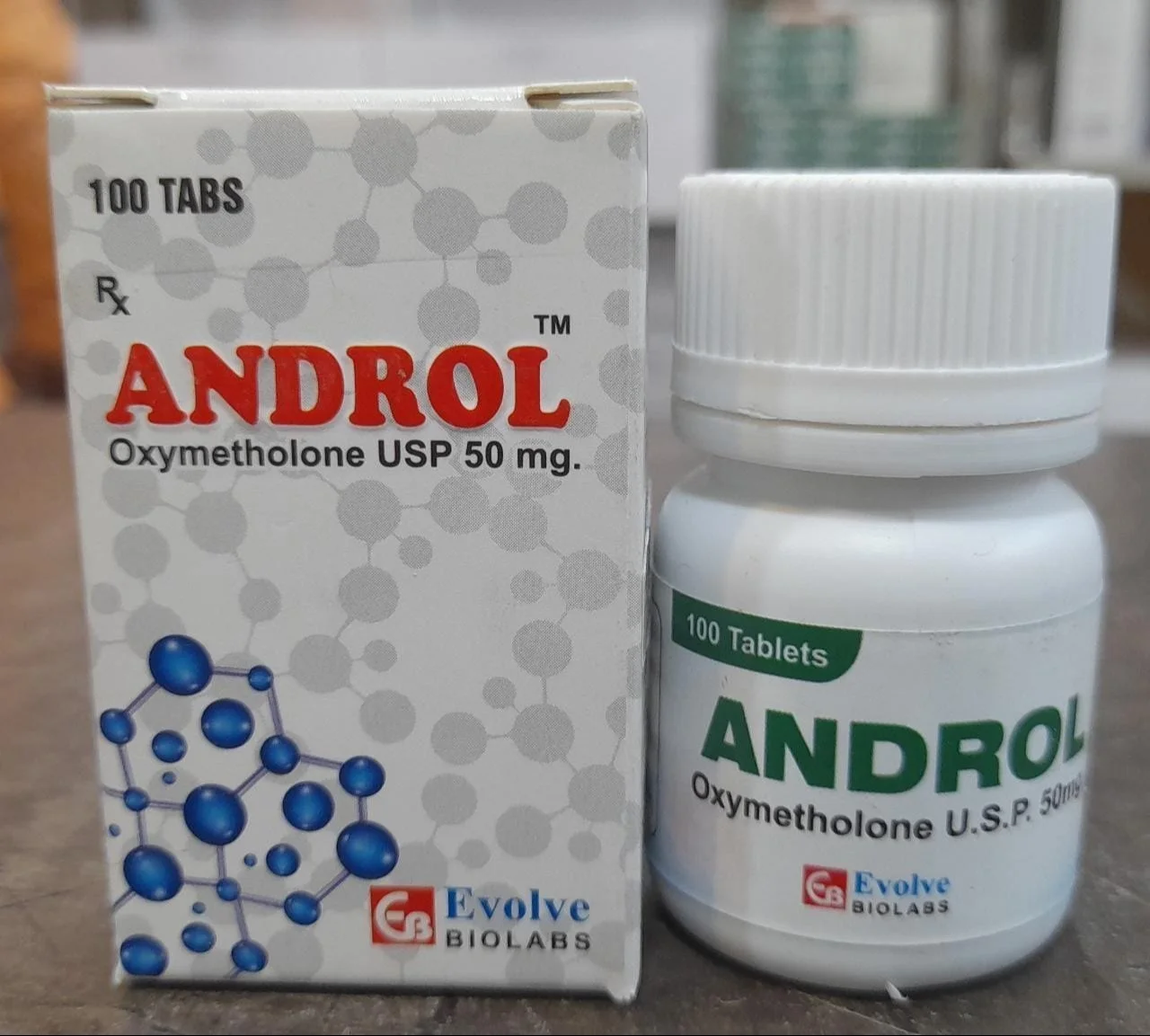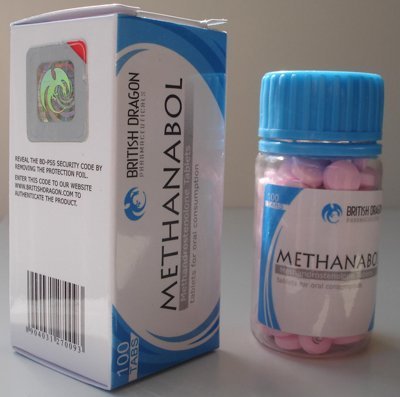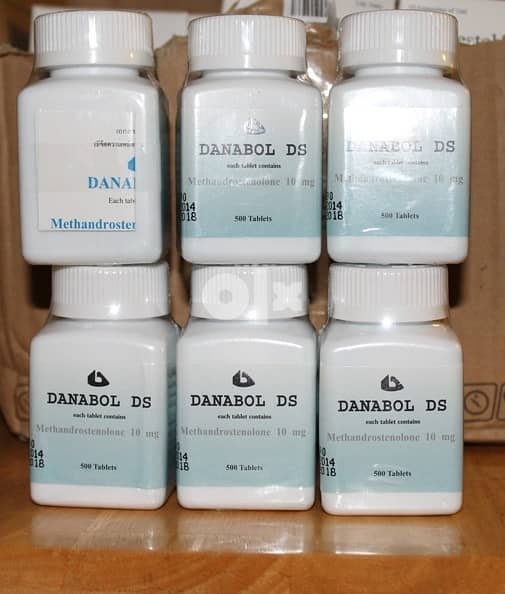Description
Cabergoline
Cabergoline is a synthetic dopamine receptor agonist that is primarily used to treat various medical conditions, including:
Medical Applications
1. Hyperprolactinemia: Cabergoline also helps in treating conditions characterized by elevated prolactin levels, such as prolactinomas.
2. Acromegaly: Cabergoline also help to treat acromegaly, a condition caused by excess growth hormone production.
3. Parkinson’s disease: It also helps in adjunct therapy to treat Parkinson’s disease symptoms.
Mechanism of Action
Cabergoline works by:
1. Stimulating dopamine receptors: It binds to dopamine receptors in the brain, mimicking the action of dopamine.
2. Inhibiting prolactin secretion:It decreases prolactin secretion from the pituitary gland.
3. Reducing growth hormone secretion: Cabergoline decreases growth hormone secretion from the pituitary gland.
Pharmacokinetics
It has a pharmacokinetic profile characterized by:
1. Oral administration:It is administered orally.
2. High bioavailability: It has high bioavailability, meaning that it absorbs and also uses a significant proportion of the dose.
3. Long half-life:It has a relatively long half-life of approximately 63-68 hours.
Analytical Chemistry
Cabergoline can be detected and quantified using various analytical techniques, including:
1. High-performance liquid chromatography (HPLC).
2. Liquid chromatography-mass spectrometry (LC-MS).
3. Gas chromatography-mass spectrometry (GC-MS).
Cabergoline is a synthetic dopamine receptor agonist that is primarily helps in treating various medical conditions, including:
Medical Applications
1. Hyperprolactinemia: It also helps in the treatment conditions characterized by elevated prolactin levels, such as prolactinomas.
2. Acromegaly: It also helps in treating acromegaly, a condition caused by excess growth hormone production.
3. Parkinson’s disease: It also helps in adjunct therapy to treat Parkinson’s disease symptoms.
Mechanism of Action
It works by:
1. Stimulating dopamine receptors: It binds to dopamine receptors in the brain, mimicking the action of dopamine.
2. Inhibiting prolactin secretion: Cabergoline decreases prolactin secretion from the pituitary gland.
3. Reducing growth hormone secretion: Cabergoline decreases growth hormone secretion from the pituitary gland.
Pharmacokinetics
Cabergoline has a pharmacokinetic profile characterized by:
1. Oral administration: It is administered orally.
2. High bioavailability: It has high bioavailability, meaning that a significant proportion of the dose is absorbed and utilized by the body.
3. Long half-life: It has a relatively long half-life of approximately 63-68 hours.
Analytical Chemistry
It can be detected and quantified using various analytical techniques, including:
1. High-performance liquid chromatography (HPLC).
2. Liquid chromatography-mass spectrometry (LC-MS).
3. Gas chromatography-mass spectrometry (GC-MS).






Reviews
There are no reviews yet.